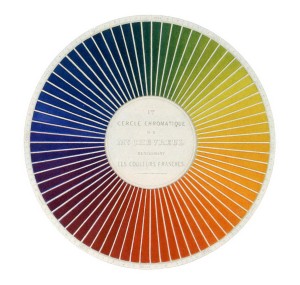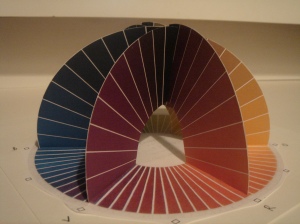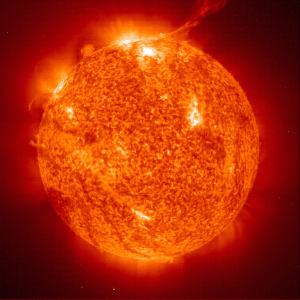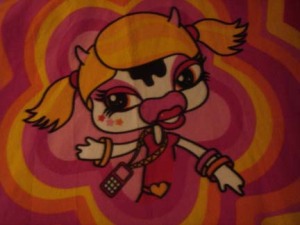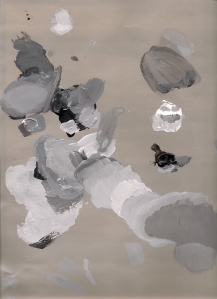Michel Eugene (M.E.) Chevreul decided to create a system of color while head of dyeworks at a French textile manufacturer during the mid 1800s. Although a chemist by training, he became interested in the “optical composition” of color because inconsistencies and sometimes disharmonious color interactions in the textiles.
His model is based on 6 color zones: three for the primaries (Red, Yellow, Blue) and three for the secondaries (Orange, Green, Violet), with 12 segments in each zone. Chevreul supplemented his 2D model with a third dimension when he associated each segment with 10 levels of brightness. The purest colors are on the outside of the wheel (and the bottom of the hemisphere), while the darkest colors progress inwards and upwards.
Though incomplete, Chevreul’s model is nonetheless a helpful color reference. And not to mention a work of art in itself!
His 3 main discoveries: Successive Contrast, Afterimages (Simultaneous Contrast), and Mixed Contrast influenced the Impressionst movement, and Orphism, among others.
Here’s my derivative
Learn more about his work and the work of the other color theorists on this extensive site: http://www.colorsystem.com/

